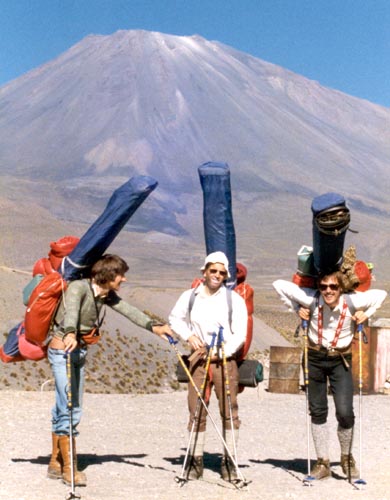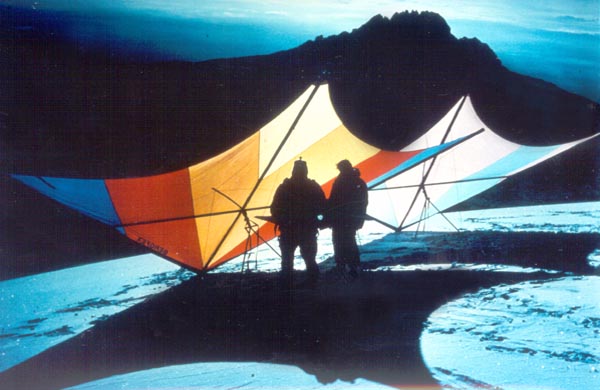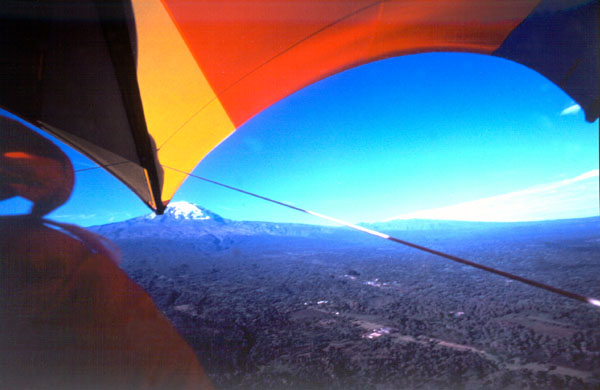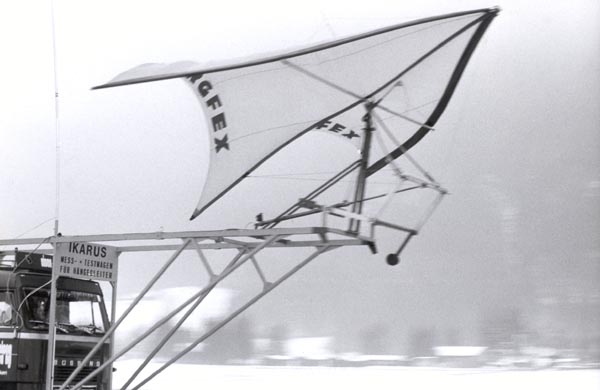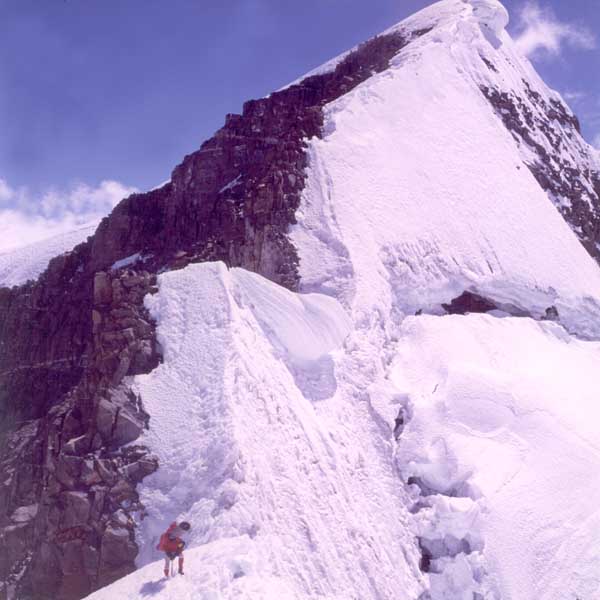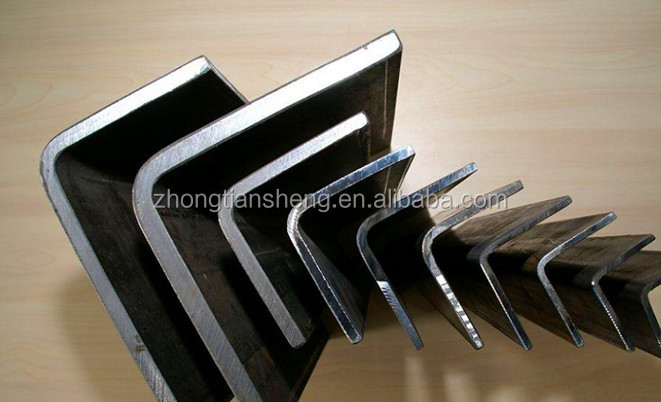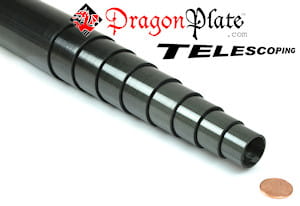Excellent practical approach for a family of solutions, BobK!
Mod-05-Falcon-1-195 might be a first in that family. Hacksaw is ready (or cut-off saw!). Velcro committee is waiting; or the Zipper Crew. Coupling captain is alert to core and oversleeve. Logistics secretary is ready with notebook. Tangle clerk is an avoid-knot expert. We cannot miss! The assembly will be good for warming up body systems. The system check will build intimacy with wing; call her
Sally Soar or
Sore Sally, or
Sore Sam or
Sam Soar, your choice. ... on the bus I go, on the bus I go, happy as a cricket.

I'll do a mod to 5' on the long battens too! Hey, Greg D., here is Sally, my
Mod-05-Falcon-1-195; no charge for you to test fly it!
Sail-connect explorations: == Duct tape
== Velcro parts
== Magnets
== Corded clasping
== Sticky wrap
== Snap-in-channel (Zip-Lock)
== Rim cord in groove
== ? (open to committee work)
==============================
Tube-coupling explorations for available cut macro tubes
== Plug core and oversleeve
== Terminals: threaded join
== Splints and whipping
== Locking clamps
== Mating flanged inserts for bolting
==
== ? (open to committee work)
====================
====================
Yet, progress on other families of solutions will occur.
 Home
Home

